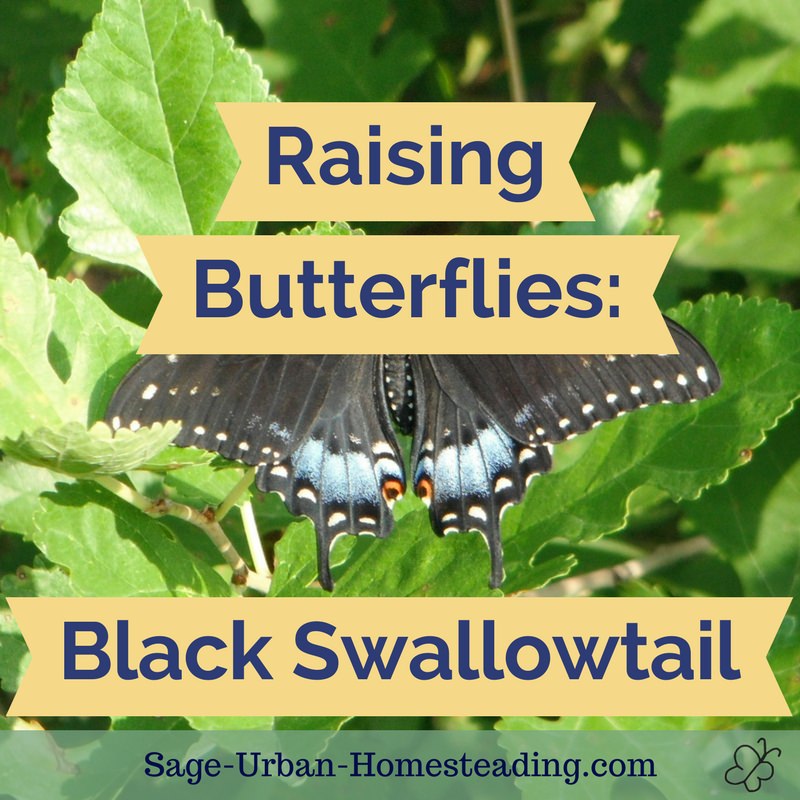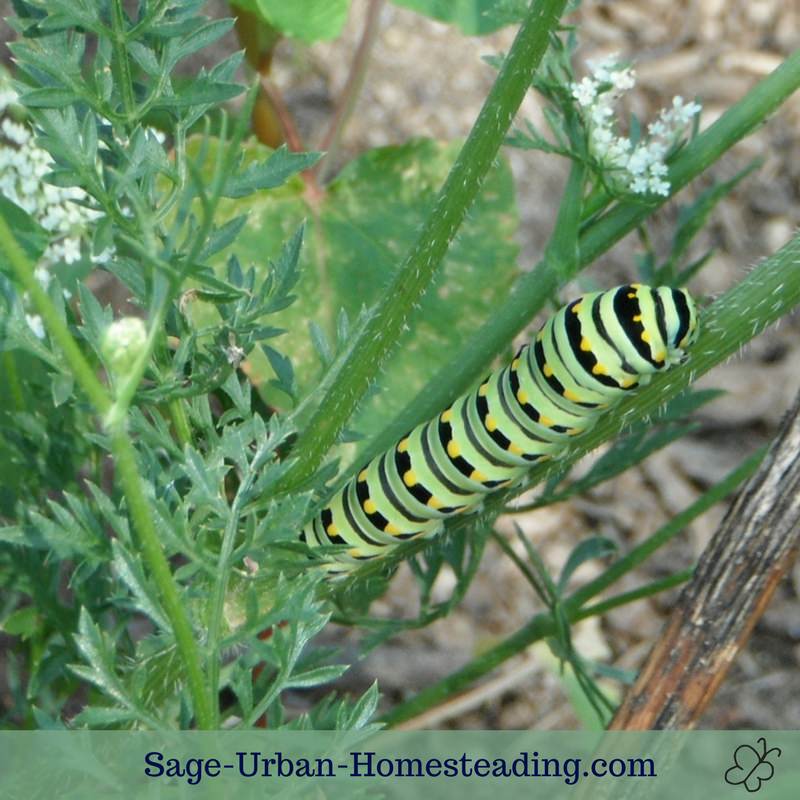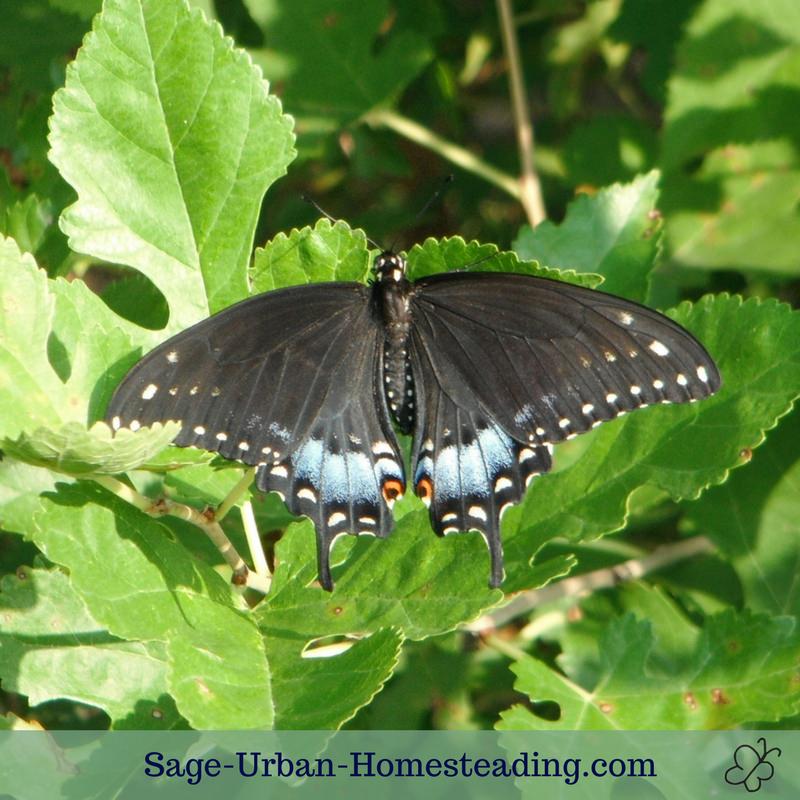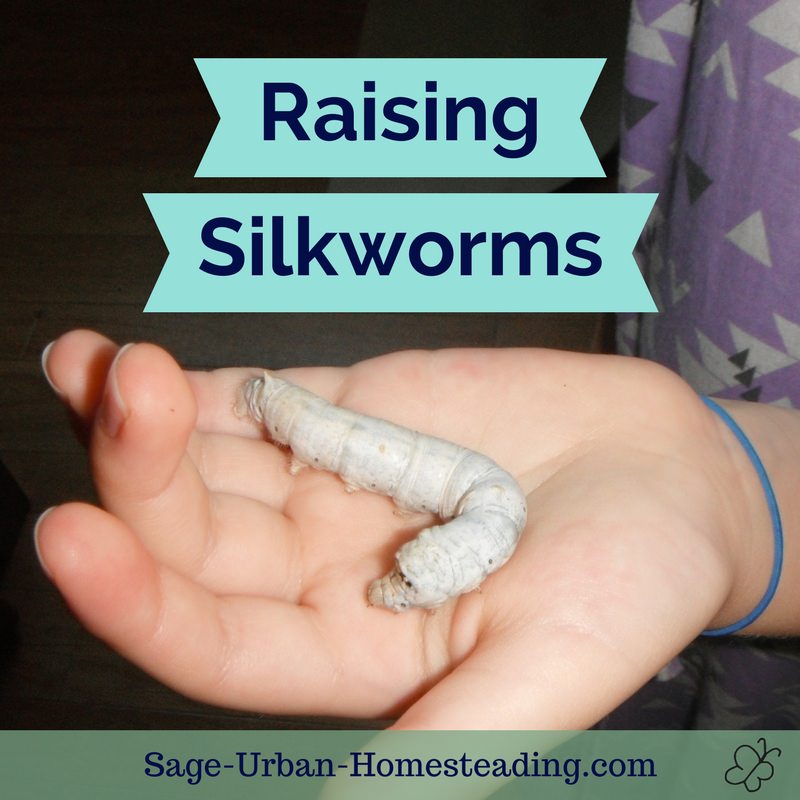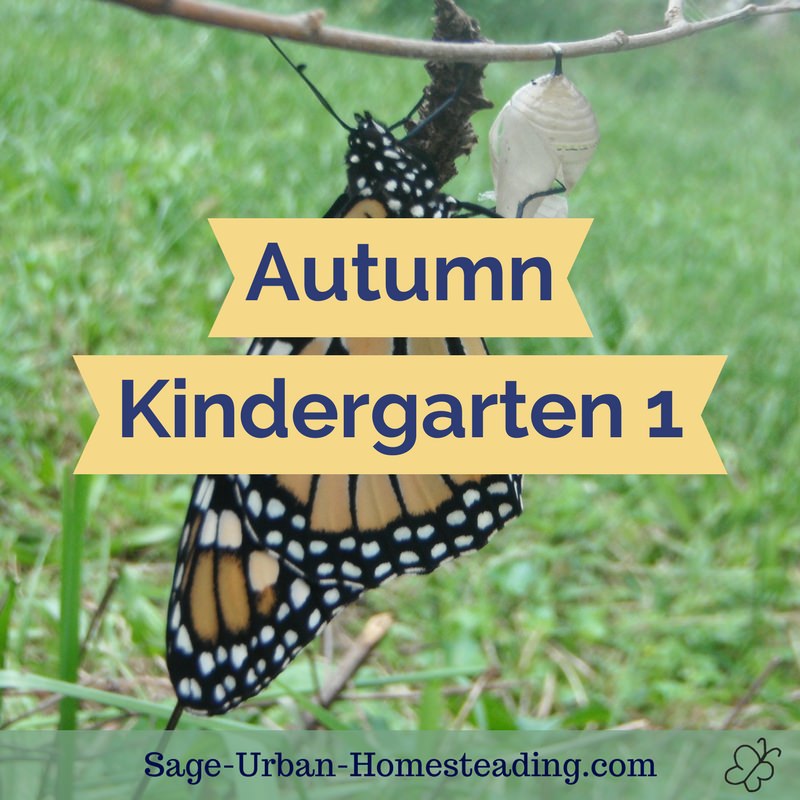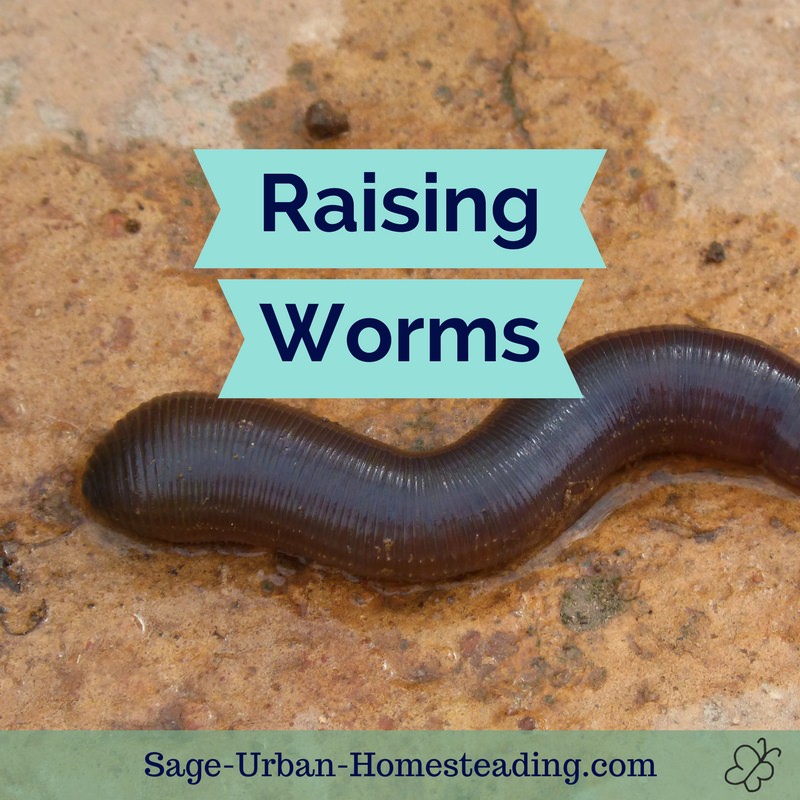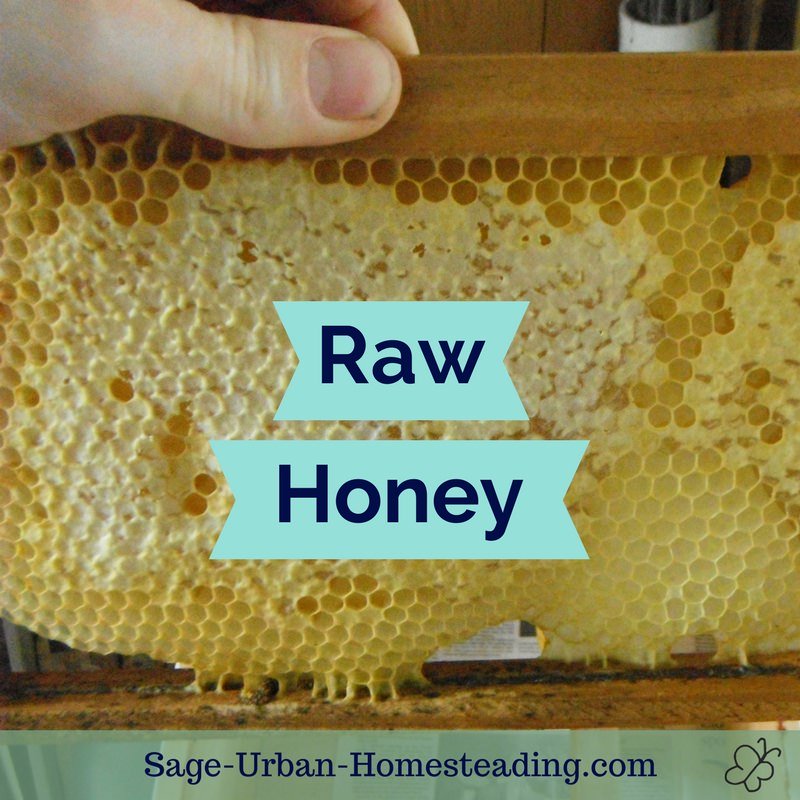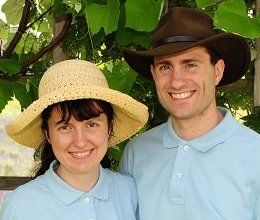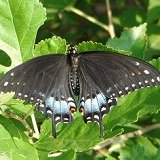FYI: I earn a small commission from some links and advertisements.
- Home
- Urban Farming and Gardening
- Black Swallowtail Butterflies
Raising Butterflies: The Black Swallowtail Butterfly
The black swallowtail butterfly is one of my favorite garden visitors. They have large black wings with tails and some blue and white markings.
I didn't intend to be raising butterflies as part of our urban farming. I found three green caterpillars with black spots on my parsley plant when I was watering one morning! I knew about the "parsley worm" because I had raised them before several years ago.
The black swallowtail butterfly caterpillars will eat parsley or Queen Anne's Lace. I of course saved my parsley plant for myself to eat and started them on a new diet in a bowl on our dining room table. And the next day I discovered yet another caterpillar on the Queen Anne's Lace!
One of the interesting features of this type of caterpillar is that it has a gland in its head that it can turn inside out to resemble a long forked tongue. They do that when they feel threatened, so one did it when I picked it up. This also releases an odd scent.
How to Raise Butterflies
It's important to give the caterpillars a healthy diet of fresh leaves of the type that they will eat. When they're ready to make a chrysalis, they will wander around and be uninterested in the food.
The black swallowtail makes an interesting chrysalis that hangs in a sling of a single thread. The color of the chrysalis will be green or brown depending on what the caterpillar sees when it's making it. I sat a houseplant next to the bowl to get green ones and then removed them later to get a brown one.
It's also very important that the butterfly will have room to hang upside-down and stretch its wings when it emerges.
The wings look like shriveled rose petals when the butterfly first crawls out of the chrysalis, but the fluids start flowing in to expand them.
The butterfly will pump its wings occasionally, too, as they harden. You'll know it's ready to be released when it tries to fly.
I released the first one, it circled the yard, landed on a mulberry, and opened its wings. It was as though the butterfly was posing for this picture!
You Don't Always Get the Black Swallowtail Butterfly You Want
When I raised butterflies before, I ended up with two beautiful butterflies and two parasitic wasps. These lay eggs inside caterpillars and help keep the population in check. Everything goes the same except you'll wake up to find a hole bored in the side of the chrysalis and see that a brown wasp-like creature has emerged.
